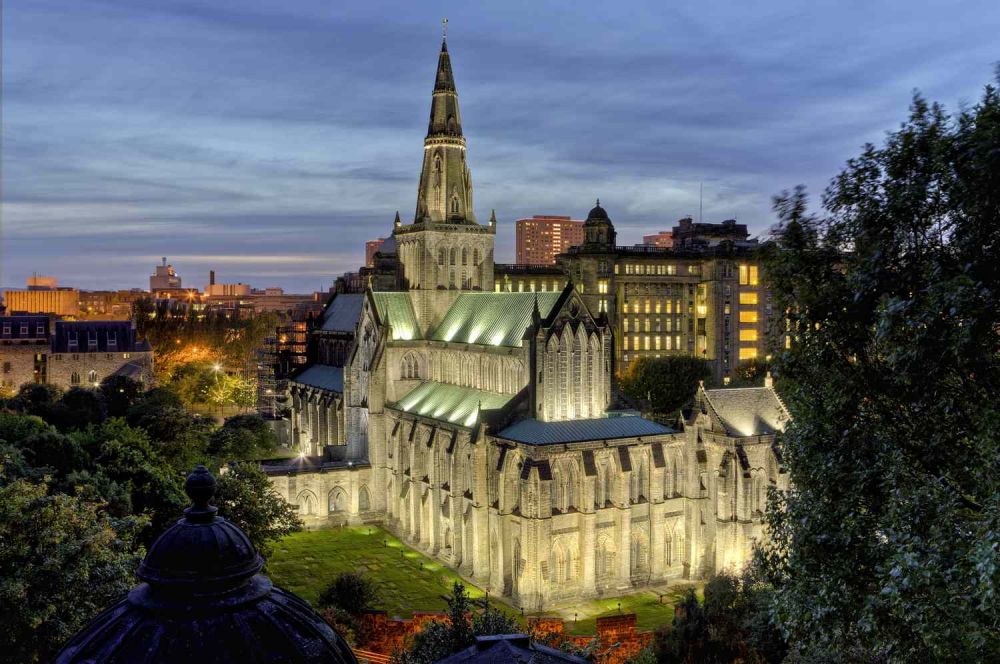

Glasgow Cathedral, also known as St. Mungo's Cathedral or the High Kirk of Glasgow, stands as a sublime example of Scottish Gothic architecture. Its history extends back to the medieval period, making it an enduring symbol of Glasgow's religious and cultural heritage. Tourism related to Glasgow Cathedral has evolved over centuries, reflecting the changes in societal interests and travel trends.
The site of Glasgow Cathedral is entrenched in history, believed to be the very place where St. Mungo, the patron saint of Glasgow, founded his church in the 6th century. The present building dates back to the 12th century and remains one of the most pristine examples of a medieval cathedral in Scotland that survived the Protestant Reformation virtually unscathed.
In the early days, Glasgow Cathedral's tourism was primarily driven by religious pilgrimages. People from all across Scotland and beyond came to honor St. Mungo and visit his tomb, located within the cathedral's crypt.
With the onset of the industrial revolution and the subsequent growth of Glasgow as a commercial hub, the city saw an increase in visitors. The cathedral was recognized not only as a place of worship but also as a historic landmark worth visiting. Alongside Glasgow's burgeoning importance during the Victorian era came improved transportation networks, making tourism more accessible to the general public.
The 20th century brought a renewed interest in heritage and cultural tourism. Glasgow Cathedral became a focal point for visitors interested in Scotland’s history and architecture. Restoration efforts and increased academic research into the cathedral's past augmented its appeal, attracting historians, researchers, and enthusiasts from around the world.
In recent years, special events such as concerts, exhibitions, and cultural festivals have made Glasgow Cathedral a vibrant part of the city's tourist calendar. These events have helped to broaden the appeal of the cathedral, drawing in audiences who might not typically visit a religious site.
In line with global tourism trends, sustainable and responsible tourism has become an important focus in Glasgow. Visitors are increasingly seeking authentic, immersive experiences that allow them to understand the history and significance of sites like Glasgow Cathedral in a more profound way.
Moreover, the cathedral has gained additional popularity due to its feature in television shows and movies, primarily as a filming location for the hit series "Outlander." This has attracted a new demographic of pop-culture-driven tourists looking to connect with their favorite shows on a deeper level.
Virtual tours and digital experiences have also been developed, particularly in response to travel restrictions imposed during the COVID-19 pandemic, enabling people from all over the world to explore the cathedral remotely.
Today, the cathedral remains a must-visit destination for tourists in Glasgow. As an architectural marvel, it offers guided tours that provide insight into its centuries-old history and exquisite craftsmanship. Visitors are encouraged to respect the sacred nature of the site, with opportunities to attend services and learn about the continuing religious traditions within its walls.
As we look ahead, Glasgow Cathedral will continue to be a poignant testament to Scotland's past while embracing new ways to engage and inspire future generations of visitors.